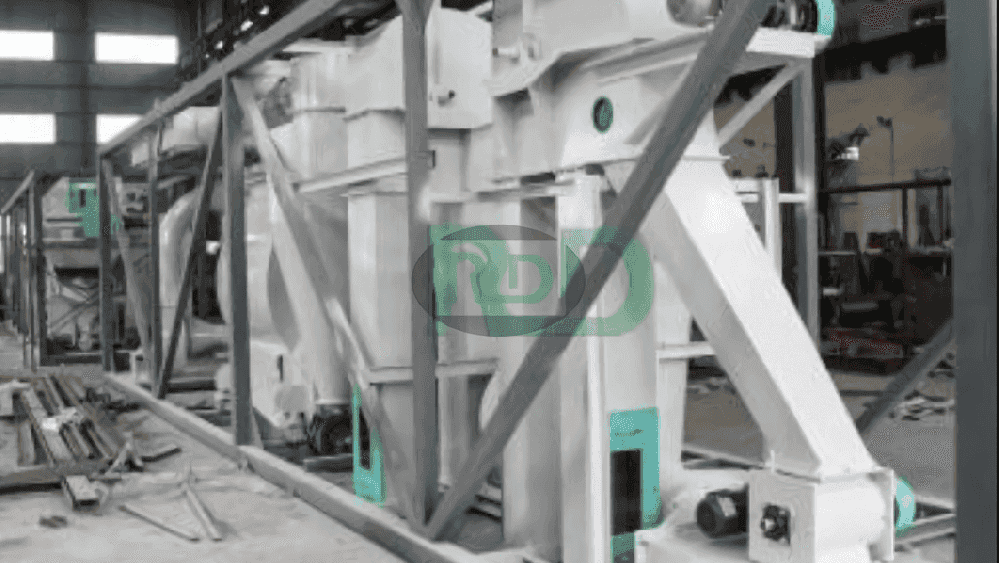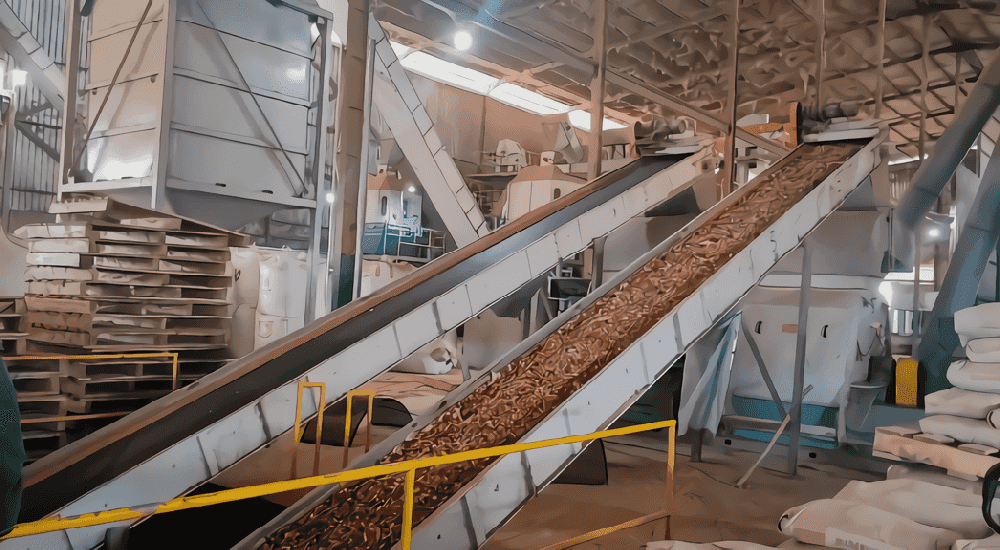Welcome to Rongda Machinery Co., Ltd
Toggle Navigation
Ever wondered how those little wood pellets powering eco-friendly stoves are made? Wood pellet mills are the unsung heroes behind this sustainable energy trend, transforming sawdust and wood scraps into compact, burnable pellets. Let’s dive into what these machines do, why they matter, and how to pick the right one for your needs.

Picture this: piles of sawdust or wood chips that would otherwise clutter a workshop or end up in a landfill are now a valuable energy source. That’s the magic of wood pellet mills. These machines compress wood waste into dense, uniform pellets used for heating homes, businesses, or even powering industrial boilers. They’re a win-win—cutting down on waste while offering a greener alternative to fossil fuels.
The idea of pellet mills isn’t new. Decades ago, they were clunky, small-scale contraptions. But thanks to modern tech, today’s mills are powerhouses, churning out high-quality pellets for a world increasingly hungry for renewable energy.
At its core, a wood pellet mill is like a super-strong chef kneading dough. You feed in raw materials—think sawdust, wood chips, or even agricultural scraps. The mill grinds and compresses them under intense pressure and heat, squeezing the material through a die (a metal plate with holes) to form pellets. These pellets are then cooled, hardened, and ready to package. It’s a straightforward process, but the engineering behind it is anything but simple.
Not all pellet mills are created equal. Here’s a quick rundown of the main types:
Ring Die Pellet Mills: These are the heavy-duty champs, perfect for large-scale production. They use a cylindrical die to create tightly packed, high-quality pellets. Think of them as the industrial-grade option for serious pellet producers.
Flat Die Pellet Mills: Simpler and more budget-friendly, these are great for small operations—like a farm or a small business. They press material through a flat die, though the pellets might not be as dense as those from ring die mills.
Horizontal vs. Vertical Mills: Horizontal mills are compact and easy to maintain, ideal for smaller setups. Vertical mills, on the other hand, are built for high output and efficiency but take up more space.
Each type has its strengths, so your choice depends on your scale and goals—whether you’re a hobbyist or running a full-blown pellet factory.
Using a pellet mill means less wood waste rotting in landfills and fewer carbon emissions compared to coal or oil. It’s a small step toward a cleaner world, and who doesn’t want to be part of that?
Pellets are cheaper than many traditional fuels, and mills let you turn “free” waste into energy. Plus, modern mills are designed to sip energy, not guzzle it, keeping your operating costs low.
Choosing a wood pellet mill is a big decision, so don’t just go for the cheapest option. Here’s what to keep in mind:
Quality Matters: A well-built machine lasts longer and produces better pellets. Look for manufacturers with a solid track record, like Yulong or Rongda, known for reliable equipment and great customer support.
Support and Service: Check if the manufacturer offers solid after-sales support—think spare parts, troubleshooting, or maintenance tips.
User Feedback: Dig into reviews from other buyers. Real-world experiences can tell you more than a shiny brochure.
One mistake to avoid? Focusing only on price. A bargain-basement mill might save you upfront but could cost you more in repairs or poor-quality pellets down the line.
The demand for wood pellets is skyrocketing, and it’s no surprise why. Stricter environmental laws and a global push for renewables are putting pellets in the spotlight. Manufacturers are stepping up, too, with innovations like energy-efficient mills and smarter designs that churn out even better pellets. The future looks bright—expect more automation and eco-friendly tweaks in the years ahead.

Investing in a wood pellet mill isn’t just about buying a machine; it’s about joining a movement toward sustainability. Whether you’re a small business owner or a large-scale producer, the right mill can turn waste into opportunity. Do your homework, pick a trusted manufacturer, and you’ll be on your way to creating clean, cost-effective energy.
What can I use as raw material for a wood pellet mill? Pretty much any dry wood waste—sawdust, wood chips, or even bark. Some mills can handle agricultural scraps like straw, too.
How much space do I need for a pellet mill? It depends. Small flat die mills fit in a garage, while industrial ring die or vertical mills might need a dedicated workshop.
Are pellets really better for the environment? Absolutely. They burn cleaner than fossil fuels and repurpose waste that would otherwise pile up.
How long do pellet mills last? With proper maintenance, a good-quality mill can last 10-20 years. Regular cleaning and part replacements are key.
What’s the cost of a decent pellet mill? Prices vary widely—small flat die mills might start at a few thousand dollars, while industrial models can run into the tens of thousands. Check with manufacturers like Yulong or Rongda for specifics.